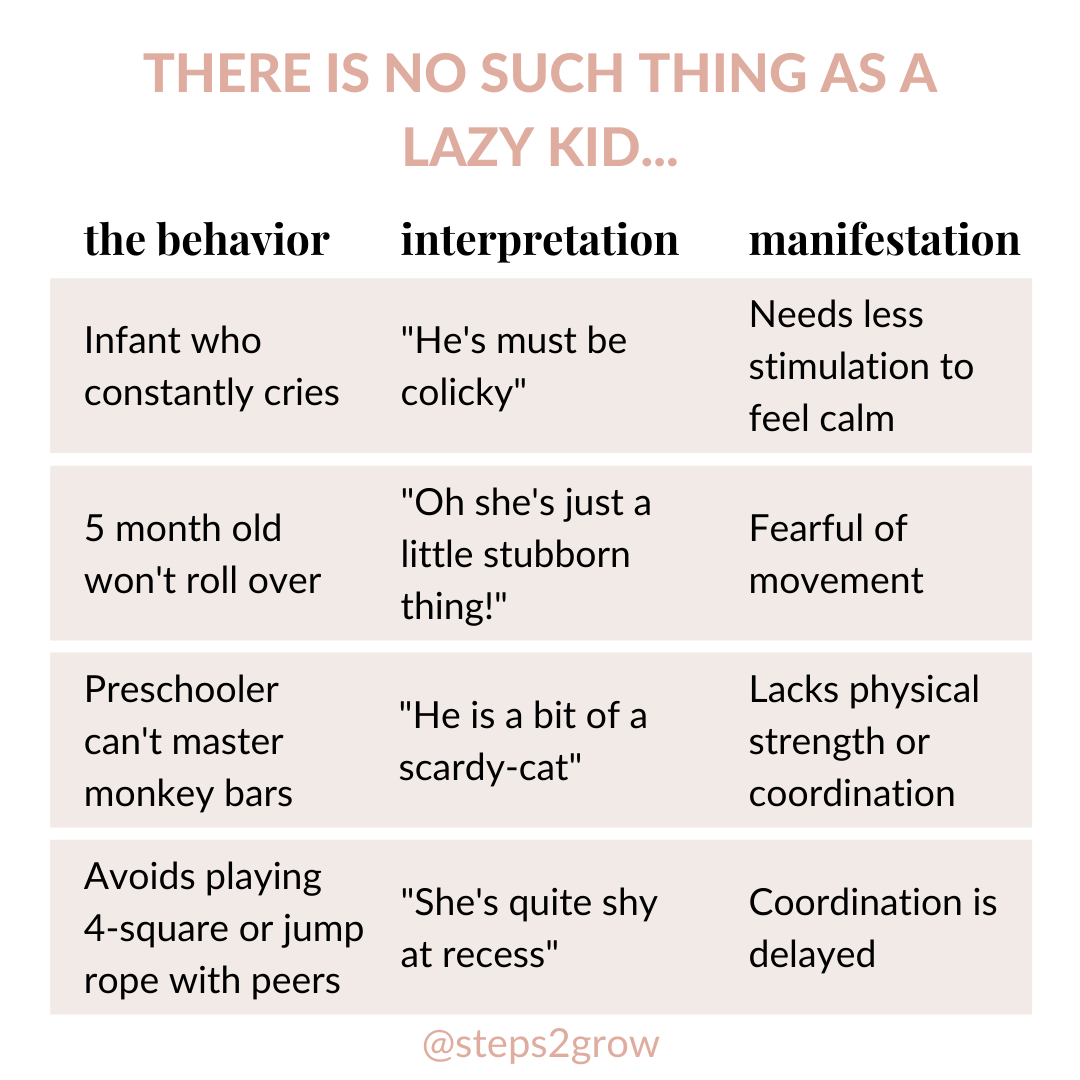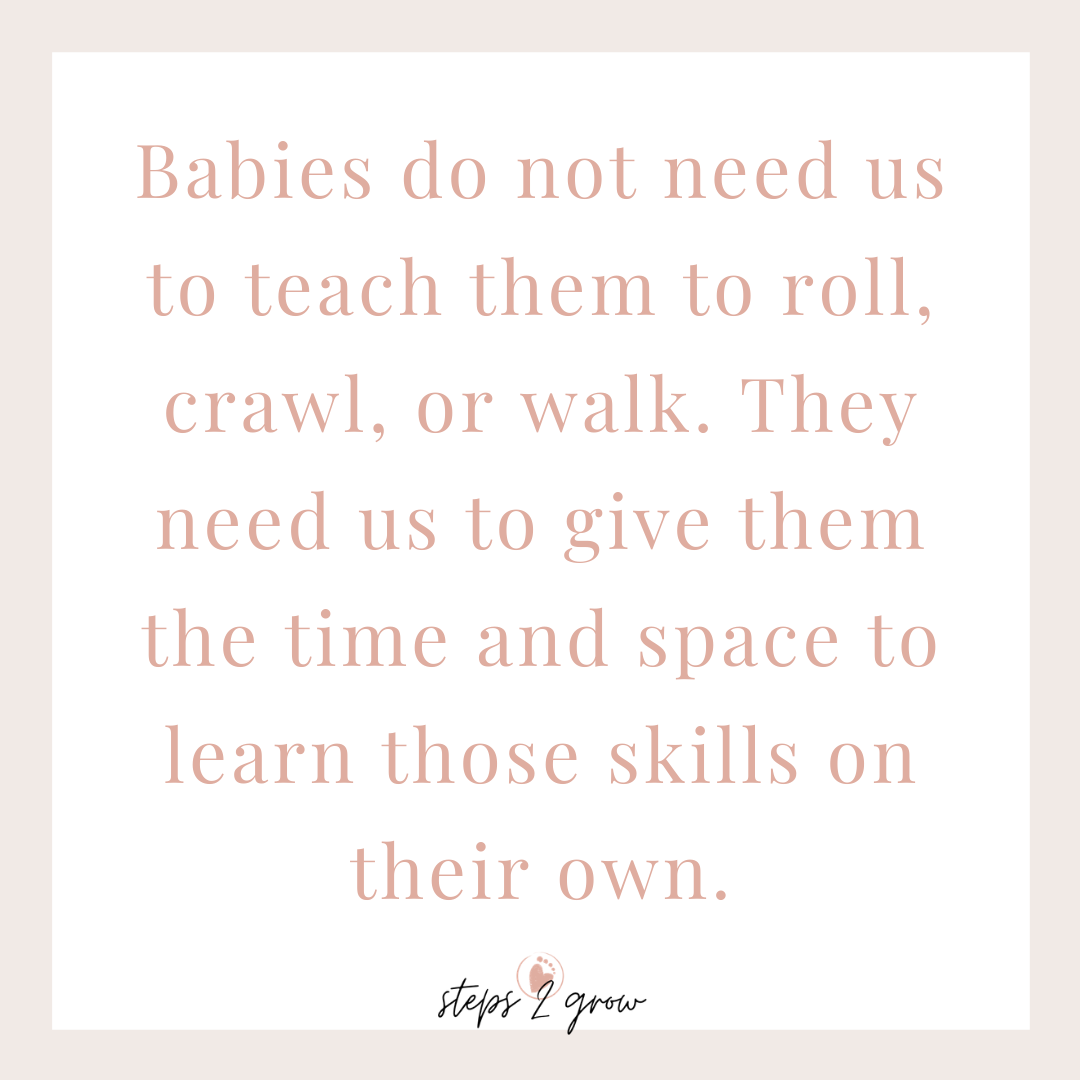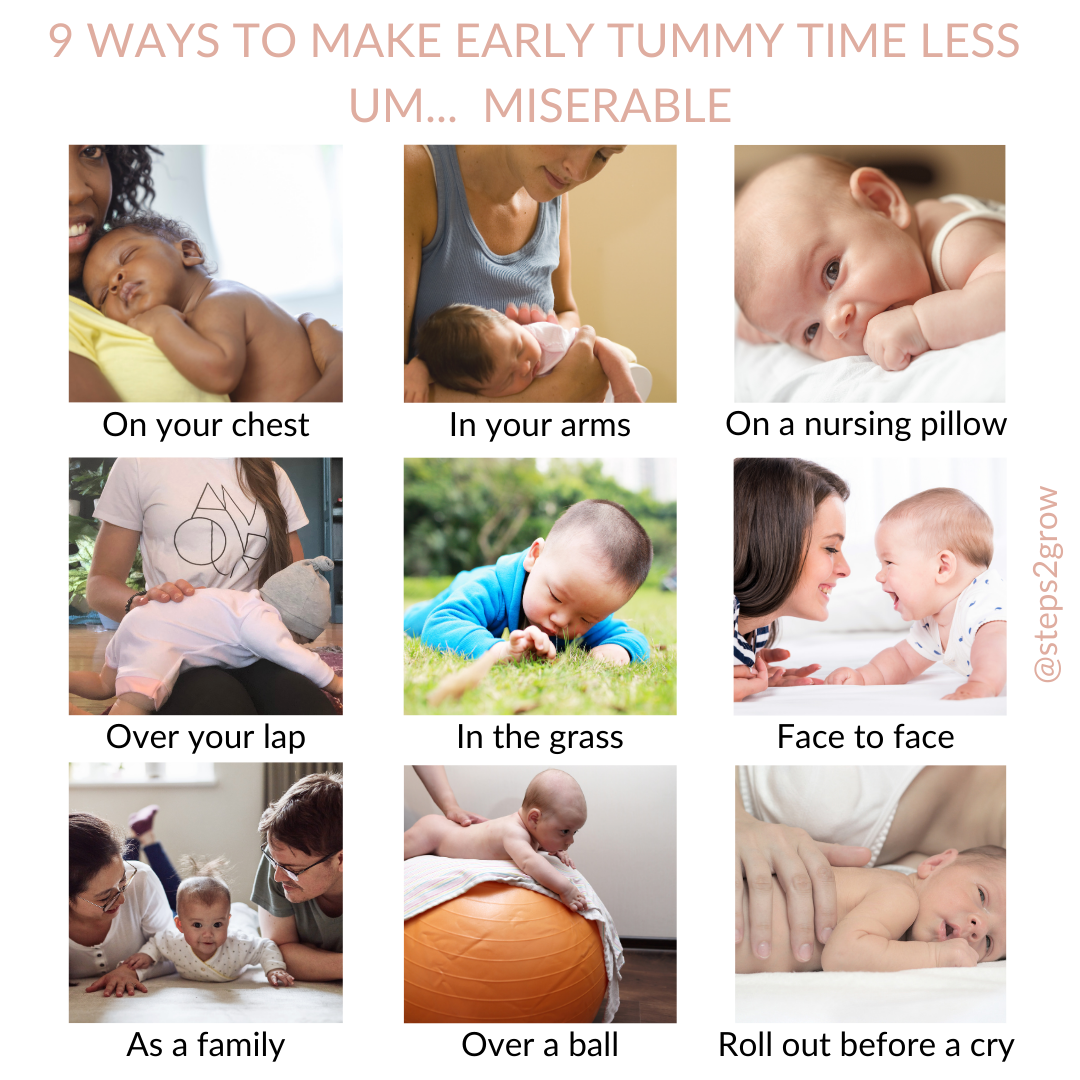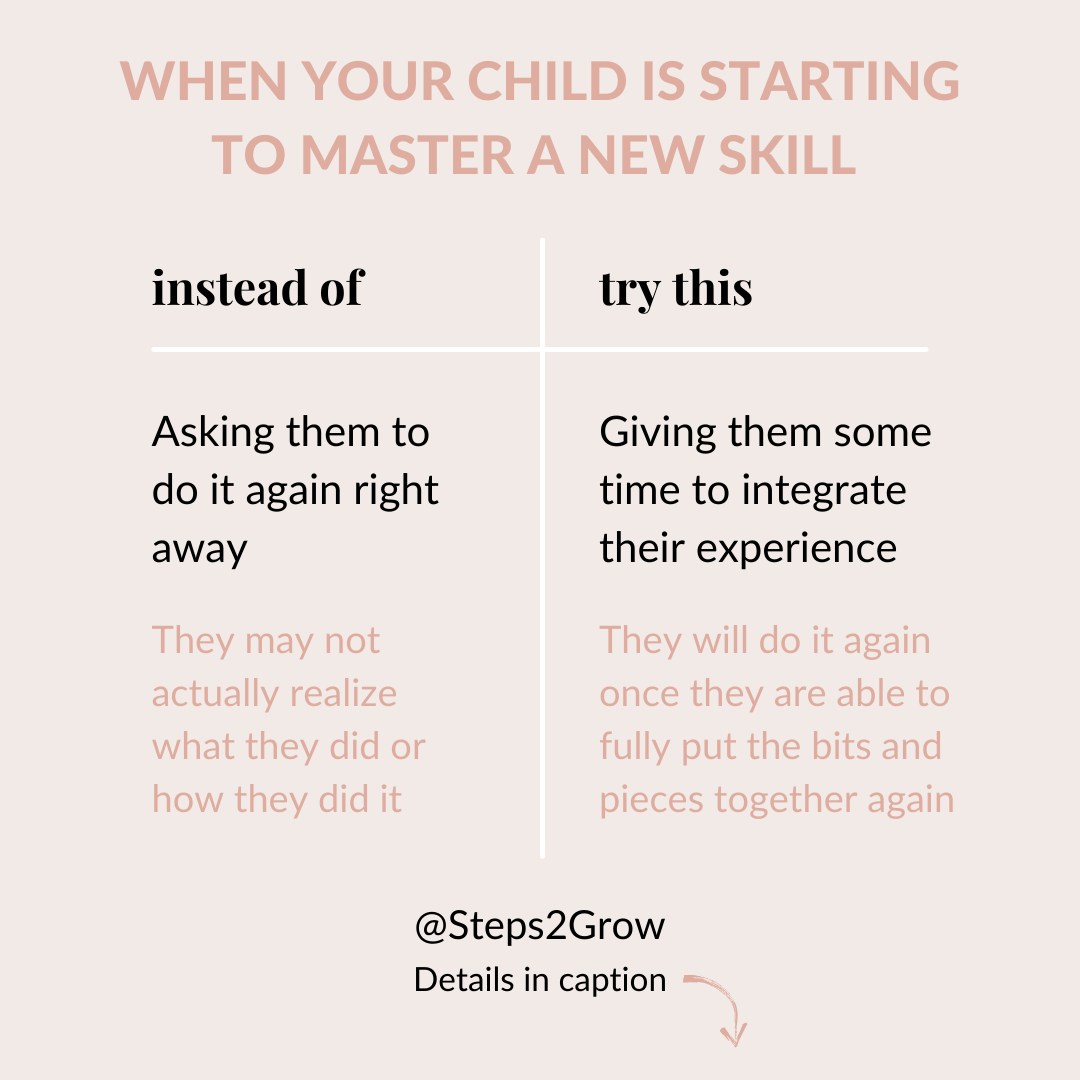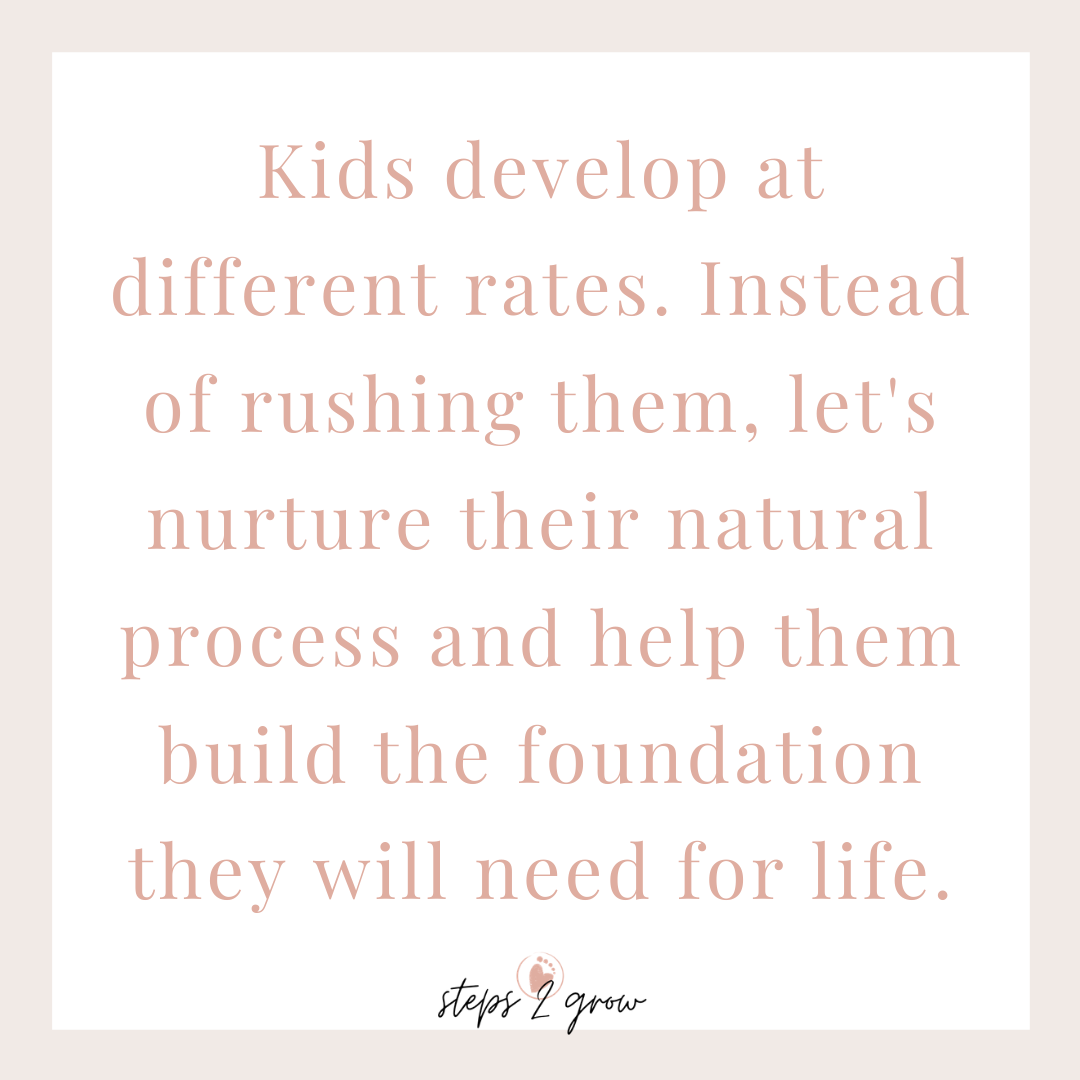1. Increased risk of head shape issuesMechanical bassinets with harnesses or zippers hold an infant in one position. If that baby is showing any signs of neck tightness, muscular asymmetry, or limited movement of the head (which many babies do!), being strapped to a sleeping surface will further discourage movement of the head. This promotes constant pressure on the skull, which can significantly increase the risk of plagiocephaly, or "flat head syndrome." Plagiocephaly is not just a cosmetic issue, it can cause long-term mis-alignment of the jaw, eyes and ears. Research shows this deformation has physical, developmental, and psychological impacts, which can become more apparent as infants age and when treatment is too late. Deformational plagiocephaly (DP) can cause practical difficulties with wearing glasses, helmets, or other head protection later in life. A study investigating development in toddlers with and without DP found that toddlers with DP scored lower on all sections of the Bayley Scales of Infant and Toddler Development, Third Edition when compared with unaffected, demographically similar toddlers. A misshapen head also brings a psychosocial concerns and emotional difficulties relating to symmetrical features being considered more attractive than asymmetrical features. I advise that you trust your parental instincts and if you are concerned about your baby’s head shape or notice limited head movement, seek out the opinion of a pediatric OT trained to assess head shape. 2. The infant is unable to move or reposition themselvesThe fear of SIDS is no joke among new parents. And bassinets that prevent a baby's movement probably provide some peace of mind knowing a baby is not going to roll over and suffocate. But, believe it or not, it is really important for babies to have freedom of movement while sleeping, especially by three months of age. Although the prevention of SIDS is attractive, the restriction of movement (up to 6 months of age as described by the website) directly opposes the American Academy of Pediatrics' recommendation that when an infant independently repositions him/herself to their sides or stomach, it is safe and desirable to allow this. Many pediatric practitioners recommend no swaddling past 8 weeks of age for this reason. Rachel Y. Moon, M.D., a pediatrician and the chair of the American Academy of Pediatrics Task Force on Sudden Infant Death Syndrome, is the leading voice in recommending that parents stop swaddling at eight weeks of age. Dr. Moon notes that babies are capable of rolling by 2 to 2 ½ months and that if swaddled babies are down on their stomach, the risk of SIDS increases 13 to 14 times. Let's face it, our children reach new developmental milestones while we aren’t looking and it’s often at night in the crib. Learning to reposition themselves like this positively influences motor development when they are awake. If movement is impeded by a bassinet that zips in a baby or straps an infant into place, this opportunity for motor skill development will be missed, and development can be slowed, or even delayed. 3. Possible delay in integration of startle reflexThe startle reflex, or "moro" reflex, is one of the primitive reflexes a baby is born with, and it generally disappears around 3-6 months of age. Although this reflex seems like a nuisance when you're trying desperately to keep your new baby sleeping, it serves a key evolutionary purpose: to ensure a baby responds to danger. Said danger could be a tiger in the nursery, or the baby's breath slowing down too much. This reflex is a natural, built-in, alarm system that keeps a baby in a lighter sleep stage, which actually decreases the risk of SIDS. Strapping a baby into a bassinet inhibits the moro reflex. A baby that can't move will not startle themselves, or you, awake. But in order for babies to integrate their primitive reflexes, they need the opportunity to overcome them. Being strapped to a sleeping surface eliminates that opportunity. 4. It interrupts caregiving practices that promote bondingIf the purpose of this bassinet is to jostle anytime the baby cries or moves, and keep jostling until the baby falls back asleep, do you think parents are getting up to change, feed, or rock their baby as often? Do you think they are learning their baby's cues? Maybe they are. But maybe they aren't! If this bassinet keeps everyone sleeping, as it promises to do, it can impact important early bonding practices. These bassinets are essentially a night time parent replacement. Instead of the baby learning that mom or dad comes to hold them anytime they cry, the bassinet rocks. Instead of getting multiple feeds in the middle of the night when baby is hungry, the bassinet jostles. Instead of getting a couple new diapers, the device continues to increase the level of jostling and rocking, and maybe even adds white noise that gets louder and louder. If it's successful at its babysitting job, mechanical bassinets will lull a baby back to sleep without mom or dad having to get up at all. As a result, baby misses out on all the warm hugs from mom or dad, clean diapers, full bellies, and comforting voices they would have gotten throughout the night. Not even the best robot can replace the physical presence of another human. While sleep is important, human contact is equally as important, and babies need humans most of all. 5. Milk supply may decreaseThese bassinets have been shown to help babies sleep 9 hours or more by the time they are 2 to 3 months old. If that causes fewer feeds overnight, milk production could decrease. It is simple supply and demand. Additionally, if a baby is sleeping for long stretches of time and not eating, this can lead to weight issues. It just so happens that the flattening of the growth curve often happens when sleep training begins. Sleep patterns are very individual and many babies need middle of the night feeds in order to maintain adequate growth and brain development. 6. The cost is astronomicalThese bassinets cost $1,595 to buy one outright. There are even rental programs available if you want to rent one for a few months at $149 per month. I suppose parents will do anything for sleep, especially with multiple kids at home. But that money could easily go towards investing in a night nanny, or a consult with an infant sleep expert. The leftovers could be set aside in an emergency fund or savings account for higher education later on. Just sayin. 7. The protocol for use may lead to later sleep issuesBassinets like this often come recommended with a protocol for use. They even recommend renting a unit when traveling out of town to maintain the consistency. While schedules and routines are important for young children, I do not advise they become overly rigid. When we adhere to rigid schedules and routines, it can lead to limited flexibility and difficulty with schedule changes. Not to mention, weaning from this device could become very challenging. If a baby is only sleeping in one kind of environment, the infant is not learning to adjust to various environments, and this can lead to later sleep issues. In an ideal world, we would want babies to establish a strong foundation for adaptable sleeping, learning to be comfortable sleeping at Grandma's house, at daycare, and in a pack 'n play when you're on a road trip. You could start to do this by following your normal pre-bedtime activities (same order of events or same book), then follow that with a variation in environment (noise, light level, location). This sets the stage for successful sleepovers, summer camp, and vacations later on. But depending on a "smart" bassinet to sooth your baby to sleep with its bells and whistles for months could end up being counterproductive to the very promise it makes. A pediatric OT's final thoughts: The marketing is misleadingThis type of bassinet has a lovely aesthetic. It is sleek, minimalist, and made with organic GOTS certified cotton (something I always look for in infant clothing and sleep gear). It is well marketed as being developed by a pediatrician, and it promises sleep quality and quantity for all. But, I find the marketing to be highly selective and misleading, and the product itself not in the best interest of developing infants. It is designed for parents, not babies. It could quite possibly end up as the most expensive laundry basket, too. If you use a bassinet like this and are now feeling worried or guilty...Just remember that information and knowledge is not always available before decisions are made. You are doing the best you can as a new parent in novel situations with the resources you have. That is okay! Parenting entails constant course adjustments. As you learn new things, you can always course correct as you feel fit. Also, your goals and values may be different than mine as a pediatric developmental specialist. You get to decide what approach you take. You have my full support and encouragement to do what you deem best for your infant and your situation. I hope this information was helpful, and gentle. Pat yourself on the back for seeking out new information and looking into what is best for you and your baby! You may also like:
|
AuthorHi! Austen here. Pediatric OT obsessed with leggings and all things child development. Welcome to my journal! I hope to educate and empower parents and caregivers with science inspired insights, effective strategies, and confidence. Categories
All
|


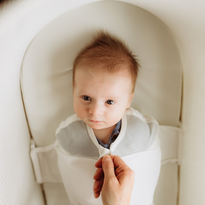
 RSS Feed
RSS Feed


